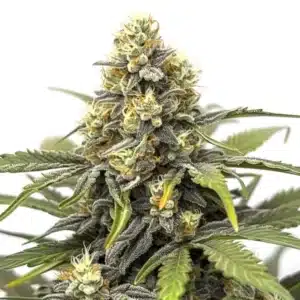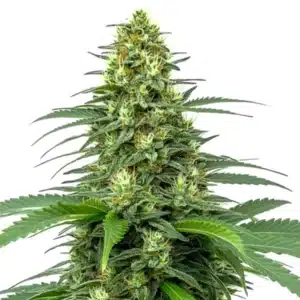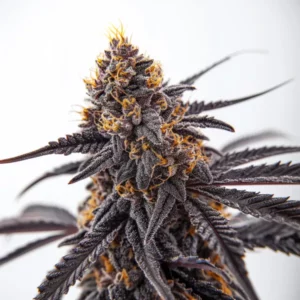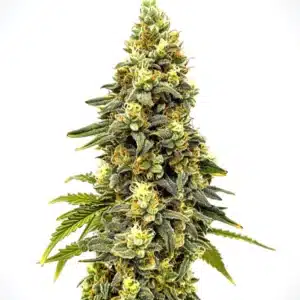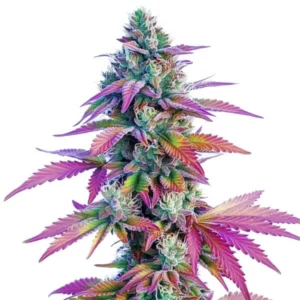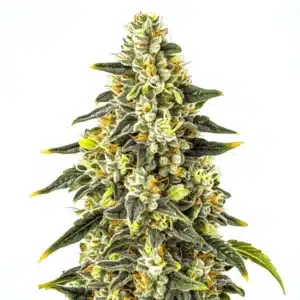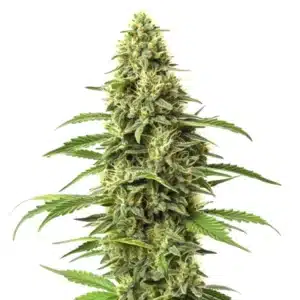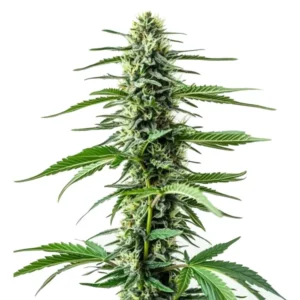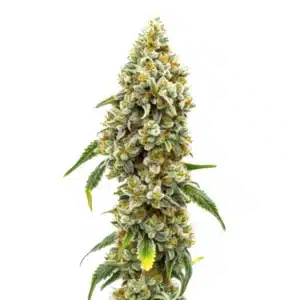
How Cannabis Helps with Muscle Spasms
What Are Muscle Spasms and Why Do They Occur?
Muscle spasms are sudden, involuntary contractions of one or more muscles, which can cause anything from mild discomfort to intense, debilitating pain. These spasms can strike without any apparent warning and may last from a few seconds to several minutes. For some, muscle spasms occur occasionally, while others may suffer from chronic or frequent episodes that affect their daily life and mobility. Many people seek alternative solutions to alleviate these episodes, leading to a growing interest in how cannabis helps with muscle spasms, as cannabis has been known to provide relief for muscle tension and pain. The nature of muscle spasms varies depending on factors like physical condition, hydration, and underlying health issues.
Muscle spasms are often triggered by disturbances in muscle and nerve coordination. When the nerves that control muscle contractions fire uncontrollably, the muscles contract and refuse to relax. This is a common occurrence after intense physical activity, but other factors such as imbalances in body chemistry can also play a significant role. To address muscle spasms effectively, it’s essential to understand what causes them and how different approaches, including cannabis, can offer relief.
Recommended Strains
Amnesia
-
THC: 15% - 20%
-
Type of seed: Feminized
-
Phenotype: 70% Sativa / 30% Indica
-
Flavor: Fruity, Incense, Woody
-
Day to flower: 8 - 10 weeks
Amnesia Auto
-
THC: 10% - 19%
-
Type of seed: Autoflowering
-
Phenotype: 70% Sativa / 30% Indica
-
Flavor: Fruity, Spicy, Sweet
-
Life cycle of: 10 - 12 weeks
Common Causes of Muscle Spasms
Muscle overuse is one of the most common causes of spasms, particularly in athletes or those engaging in physically demanding work. When muscles are pushed beyond their capacity, they can respond with uncontrolled contractions. Another major factor is dehydration, which disrupts the balance of fluids and electrolytes in the body. Muscles need adequate hydration to contract and relax properly, and without it, they are prone to cramping and spasms.
Electrolyte imbalances are another significant contributor. Essential minerals like potassium, magnesium, and calcium play a critical role in muscle function. When these levels drop too low due to poor diet, excessive sweating, or medical conditions, muscle coordination deteriorates, making spasms more likely. Chronic conditions such as multiple sclerosis (MS), spinal cord injuries, and other neurological disorders can increase the likelihood of frequent or severe muscle spasms. Identifying these causes can lead to targeted treatments, including dietary adjustments, hydration strategies, and the use of cannabis-based therapies.
Symptoms and Warning Signs of Severe Muscle Spasms
While occasional muscle spasms are typically harmless, severe or recurrent spasms may indicate an underlying issue. Symptoms of a serious muscle spasm include prolonged muscle tightness, pain that does not subside, and noticeable swelling or inflammation. In some cases, individuals may feel a hard knot or lump where the spasm has occurred, which indicates that the muscle fibers have remained contracted for an extended period.
Chronic muscle spasms can lead to complications such as limited mobility and even muscle damage over time. If spasms become increasingly frequent or disrupt your ability to perform everyday tasks, medical intervention may be necessary. Cannabis-based products have been reported to alleviate both acute and chronic symptoms, making them an option worth considering for those who struggle with ongoing muscle tension and pain.
Promos & Deals
How Cannabis Helps Relieve Muscle Spasms
Cannabis has gained considerable recognition for its ability to alleviate muscle spasms and related symptoms. The active compounds found in cannabis, particularly tetrahydrocannabinol (THC) and cannabidiol (CBD), interact with the endocannabinoid system (ECS) in the body. The ECS is responsible for regulating various functions, including pain perception, muscle control, and inflammation response.
For people with conditions like MS or chronic muscle disorders, cannabis offers a natural alternative to pharmaceutical muscle relaxants. Traditional medications can cause drowsiness, dependence, and other unwanted side effects. Cannabis, on the other hand, provides a more holistic approach by modulating nerve activity and reducing inflammation without the same level of adverse reactions. This has led to its increasing popularity among both patients and healthcare providers.
How Cannabis Helps with Muscle Spasms: THC’s Effect on Muscle Spasms
THC, the psychoactive compound in cannabis, has demonstrated powerful muscle-relaxing effects. It works by binding to cannabinoid receptors in the nervous system, which helps to calm hyperactive nerve signals that lead to involuntary muscle contractions. This mechanism is particularly useful for individuals experiencing sudden, intense spasms that require immediate relief.
Several studies have shown that THC can reduce both the frequency and intensity of muscle spasms. Products such as vaporizers and sublingual tinctures deliver THC quickly into the bloodstream, making them ideal for on-the-spot symptom control. However, it’s important for users to be aware of THC’s psychoactive properties, which can cause temporary side effects such as dizziness or altered perception. Adjusting the dosage and combining THC with other cannabinoids, like CBD, can help balance these effects.
How Cannabis Helps with Muscle Spasms: Can CBD Also Help with Muscle Spasms?
CBD is another key compound in cannabis that offers muscle-relaxing and anti-inflammatory benefits without producing a high. Unlike THC, CBD does not directly bind to cannabinoid receptors. Instead, it influences the ECS by increasing the availability of the body’s natural endocannabinoids, which helps regulate pain and inflammation.
Many users prefer CBD for its subtle yet effective muscle-relaxing properties. Regular use of CBD products, such as oils, capsules, or topicals, can help reduce the frequency of muscle spasms and improve overall muscle recovery. Topical applications, in particular, are favored for targeting specific muscle groups without affecting the rest of the body. This makes CBD a popular option for both athletes and those with chronic pain conditions.
Does Weed Help Muscle Spasms? Scientific Evidence
Scientific research into the effects of cannabis on muscle spasms has provided promising results. Numerous studies have explored how cannabinoids influence muscle control and nerve function, with findings suggesting that cannabis can offer significant relief for those suffering from chronic muscle issues.
Researchers have focused particularly on patients with neurological disorders such as MS, where muscle spasms are a common symptom. The positive outcomes reported in clinical settings are supported by personal accounts from patients who have experienced life-changing improvements in their symptoms through cannabis use.
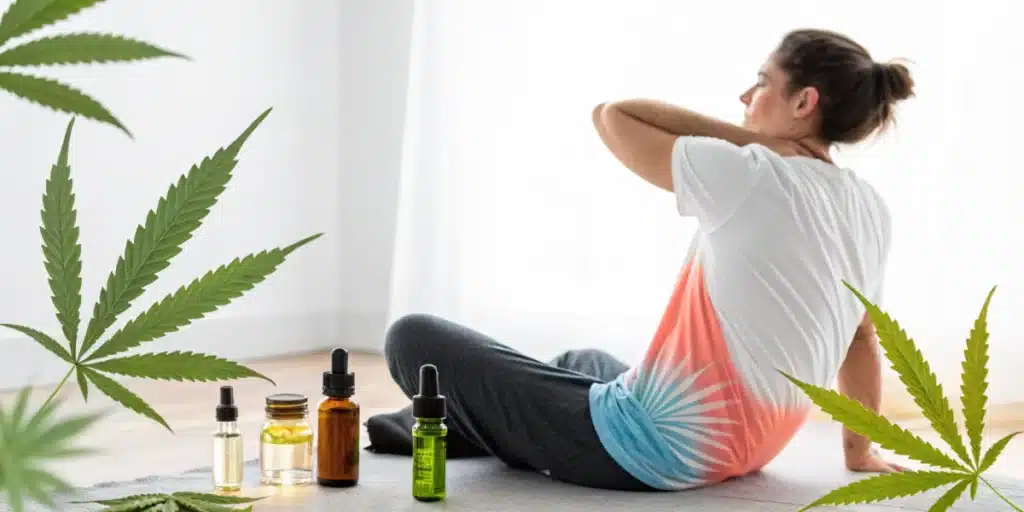
Clinical Studies on Cannabis and Muscle Disorders
One well-known study published in the journal Neurology examined the effects of cannabis extracts on muscle spasticity in MS patients. The study found that participants experienced reduced muscle stiffness and pain, leading to improved mobility and quality of life. This research supports the use of cannabis as a therapeutic option for individuals with similar conditions.
Another study looked at the combined effects of THC and CBD on muscle tension in people with spinal cord injuries. The results indicated that both compounds helped alleviate muscle spasms and improve physical comfort, reinforcing the potential of cannabis as an adjunct treatment for muscle-related disorders.
Real-Life Testimonials on Cannabis for Muscle Spasms
Beyond clinical research, countless individuals have shared their experiences with using cannabis for muscle spasm relief. Athletes, for example, often turn to cannabis products to manage recovery after intense physical exertion. Many report that cannabis helps them relax, reduce muscle tension, and sleep better, which is essential for effective recovery.
Similarly, patients with chronic conditions highlight how cannabis has enabled them to regain control over their daily activities. These testimonials emphasize the importance of personalized treatment plans, as different strains and product types may yield varying results depending on the individual’s needs.
THC vs. CBD: Which Is Better for Muscle Spasms?
When choosing between THC and CBD for muscle spasms, it’s important to consider the specific symptoms you want to address. THC is often favored for its fast-acting muscle-relaxing effects, making it ideal for acute spasms. CBD, on the other hand, is better suited for long-term muscle recovery and inflammation control.
Many users find that combining both THC and CBD provides the best results. This balanced approach leverages the immediate effects of THC while CBD works behind the scenes to promote overall muscle health. Consulting with a knowledgeable healthcare provider can help determine the right ratio and dosage for your situation.
THC Benefits for Immediate Muscle Relief
THC is particularly effective for providing rapid relief from muscle spasms. Inhaled methods, such as vaping, allow THC to enter the bloodstream quickly, making it a suitable option for those who need immediate symptom control. However, because THC can produce psychoactive effects, it’s important to use it responsibly and start with a low dose if you’re new to cannabis.
Users who are sensitive to THC’s effects may benefit from products that include both THC and CBD. This combination can help reduce the intensity of psychoactive side effects while still delivering effective muscle relaxation.
CBD for Long-Term Muscle Recovery
CBD is a valuable tool for maintaining muscle health over time. Its anti-inflammatory properties make it particularly effective for reducing chronic muscle tension and soreness. Many users incorporate CBD into their daily routines through products like oils, capsules, and topicals.
Unlike THC, CBD does not impair cognitive function, making it an appealing option for those who need to remain focused and alert. Consistent use of CBD may help prevent recurring muscle spasms by supporting overall muscle function and recovery.

Best Cannabis Products for Muscle Spasms
The variety of cannabis products available today allows users to tailor their treatment plans to their specific needs. Some products provide immediate relief, while others offer prolonged effects that help manage symptoms throughout the day. Understanding the different consumption methods can help you choose the most effective solution for your muscle spasms.
Whether you prefer inhalable options for quick relief or topicals for targeted application, there is likely a cannabis product that suits your lifestyle and condition. Experimenting with different formats can help you find the best fit for your needs.
Edibles, Oils, and Topicals for Muscle Relief
Edibles are a popular choice for those seeking long-lasting relief. Because they are metabolized slowly, edibles can provide several hours of symptom control. However, their delayed onset time means they are less suitable for addressing sudden muscle spasms. Oils and tinctures offer a faster alternative, with effects typically felt within 30 minutes.
Topical cannabis products, such as creams and balms, are ideal for localized muscle relief. These products can be applied directly to the affected area and often contain both THC and CBD to maximize their soothing effects. For those who prefer non-intoxicating options, CBD-only topicals provide effective relief without psychoactive effects.
How to Choose the Right Strain for Muscle Spasms
Selecting the right cannabis strain for muscle spasms involves considering both cannabinoid content and terpene profiles. Strains with balanced THC and CBD levels are often recommended for their combined relaxing and anti-inflammatory properties. Hybrid strains that blend the calming effects of indica with the energizing qualities of sativa can provide a well-rounded experience.
Consulting with dispensary experts or medical professionals can help you identify strains that match your specific needs. Keeping a journal of your experiences with different strains can also help you refine your choices over time.
FAQs
Can cannabis completely eliminate muscle spasms?
While cannabis can significantly reduce the frequency and severity of muscle spasms, it may not eliminate them entirely for all users. Its effectiveness depends on factors such as the underlying cause of the spasms, the type of product used, and individual body chemistry.
What is the best way to use cannabis for muscle spasms?
The best method depends on your symptoms and preferences. Inhalation methods, like vaping, provide rapid relief, while edibles and oils offer longer-lasting effects. Topicals are ideal for targeting specific muscle areas without affecting the rest of the body.
Are there any risks associated with using cannabis for muscle spasms?
Potential risks include mild side effects such as dizziness, dry mouth, and fatigue, particularly with high-THC products. Starting with a low dose and gradually increasing it can help minimize these effects. It is also important to consult with a healthcare professional before starting any new treatment.

